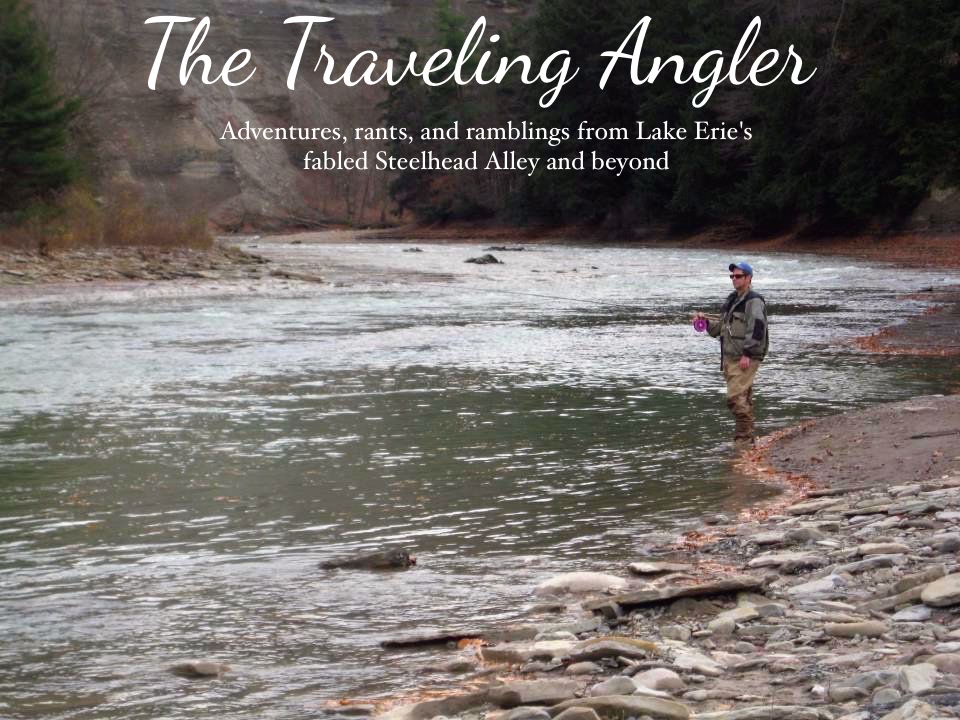 The first time I watched a centerpin in action was when I was fishing on the Credit River. It was the early 90s and I was attending college north of Toronto. I would often make the drive down nearly every weekend to visit friends, go clubbing and of course fishing. Growing up in
The first time I watched a centerpin in action was when I was fishing on the Credit River. It was the early 90s and I was attending college north of Toronto. I would often make the drive down nearly every weekend to visit friends, go clubbing and of course fishing. Growing up in
In 1998, I had the opportunity to move to the U.S. Me and my fiance moved to the Cleveland area Grand River Ohio Alberta
During the summer, I scouted the several rivers in the area and noticed all of them were relatively shallow and they ran over shale. They ran gin clear most of the time, except for the Grand. The deeper pools were fairly slow moving. It reminded me of the rivers back in Southern Ontario
At the time, pinning in Ohio Ontario
A few days later the package arrived. Inside were a box of floats and a small book on float fishing. At the time, there were no books on pinning and very little information on the internet. I was left to my own devices and it would be trial and error. After work I would go down to the Rocky River
A few days later the package arrived. Inside were a box of floats and a small book on float fishing. At the time, there were no books on pinning and very little information on the internet. I was left to my own devices and it would be trial and error. After work I would go down to the Rocky
I found the easiest way to cast by pulling the line off the spool and side casting. It was very simple, but I noticed a big flaw – line twist. The more I used the side cast, the more the line started to twist. I combat the problem I would cut the twisted line and retie. This was a waste of line and I had to find a better way. I began to research on the internet and I found a website from England
I drove to the Grand River and started off at one my favorite pools. I took a deep breath and made my first cast. I effortlessly casted out 50’ and got the float where I wanted it. I was pleased and watched the float head downstream. The line came off the reel with little resistance and it covered the entire pool. I worked the pool and made several adjustments. After 30 minutes, I finally got my first fish on the pin. The float popped and went under. I set the hook and the fight was on. It felt like a large fish as I gingerly palmed the reel. I gradually applied more pressure on the reel. I felt like I had more control of the fish as I didn’t have to rely on a drag. I managed to get the fish to the net it was nice male.
That was almost 6 years ago and today you’ll see some angler on any of Ohio
